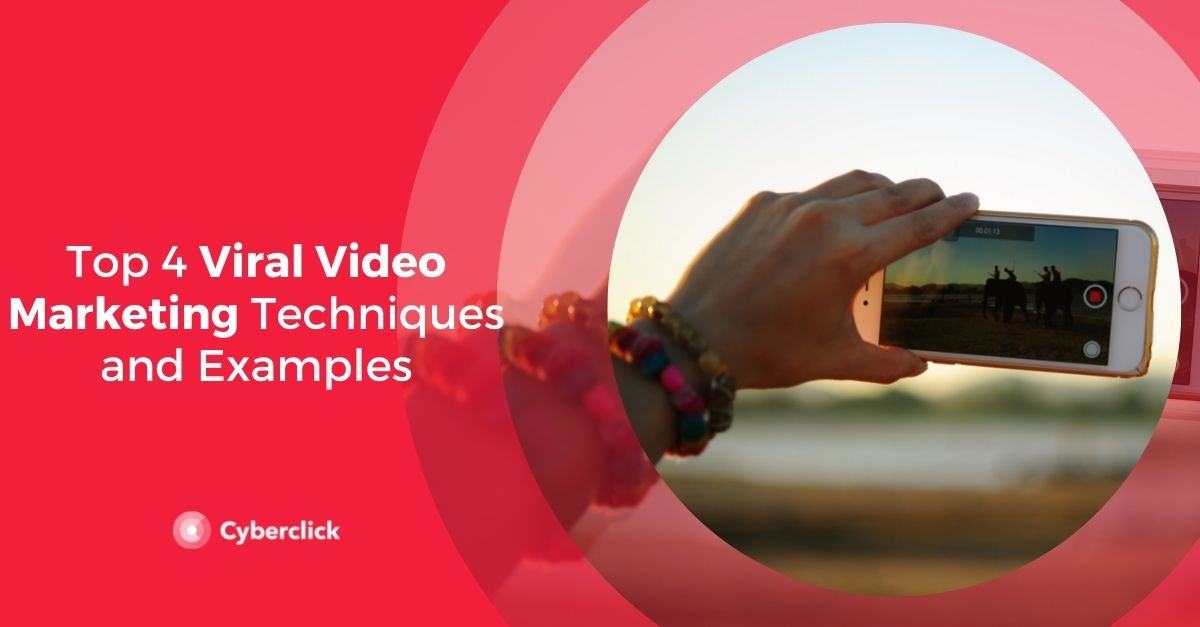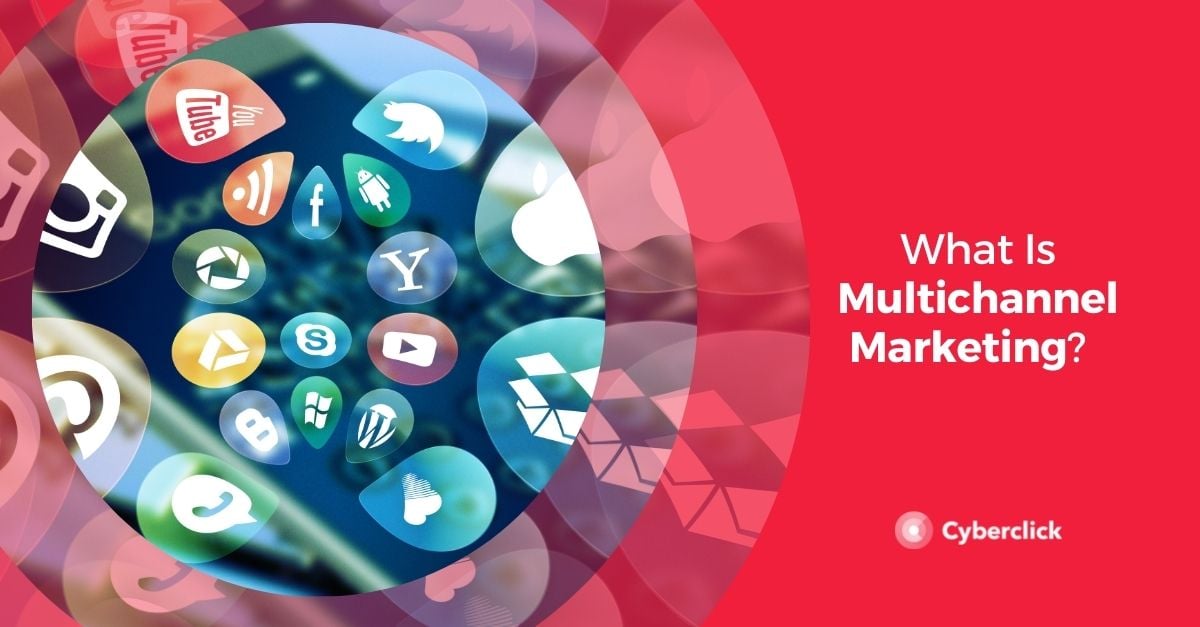Labubu isn’t just a cute, wide-eyed character from POP MART. It’s a textbook example of how emotional marketing, scarcity, and psychology collide to drive modern consumer behavior. Originally designed by Hong Kong artist Kasing Lung and released through Chinese pop culture giant POP MART, Labubu is now one of the most recognizable figures in the designer toy scene. The viral nature of the toy has also made POP MART’s CEO, Wang Ning, one of the top 10 richest billionaires in China.
Labubu’s rise isn’t random. It reflects a shift in how and why people buy, and it’s something worth paying attention to if you’re trying to sell anything in today’s emotionally-driven market.

Why People Keep Buying (Even When They're Cutting Back)
During economic downturns, consumer behavior changes, but emotional spending doesn't go away. It just adapts. There's a well-documented phenomenon known as the Lipstick Effect, originally coined by Estée Lauder’s Leonard Lauder during the 2001 recession. He noticed that while big-ticket sales slowed, lipstick sales rose, as consumers reached for small indulgences that made them feel good without breaking the bank.
Today, this idea still holds up. People want joy, and to obtain it, they’re simply choosing smaller, more emotionally meaningful purchases.
Labubu fits that bill perfectly. It’s typically priced under $15 (although reselling prices are skyrocketing), making it an affordable treat that still delivers a sense of novelty, status, and pleasure.
Labubu’s Playbook: How It Captures Attention and Emotion
What makes Labubu so irresistible? POP MART has nailed a strategy that checks several psychological boxes.
1. Scarcity and FOMO
Limited-edition drops and fast sell-outs drive urgency. Labubu isn’t always available, which makes each release feel more exclusive. This activates the classic fear of missing out (FOMO), a key driver behind viral trends.
2. Blind Box Mechanics
You don’t know which Labubu you’ll get until you open the box. This taps into the variable reward loop, the same mechanism that powers gambling and video games. The thrill of the unknown adds excitement to every purchase and was also a key trait of one of Labubu’s most famous rivals, Sonny Angels.
3. Strong Visual Identity and Lore
Labubu is weirdly cute, slightly creepy, and full of personality. It also has a rich backstory as it is part of “The Monsters” universe, giving buyers something to emotionally connect with.
4. Social Proof and Online Buzz
The toy's virality is amplified by influencers and celebrities, among whom is BLACKPINK’s Lisa, who shared her Labubu collection on Instagram. This kind of celebrity endorsement adds credibility and status appeal.
@vanityfair It's not just you—Lisa is as #Labubu-obsessed as the rest of us. #lisablackpink #blackpink #whitelotus #lalisa #lalisamanoban ♬ original sound - Vanity Fair
Labubu has also made its way onto famous movie sets, including the latest F1 movie. In a behind-the-scenes interview, the cast was shown unboxing various Labubus:
@warnerbrosuk The Labubu craze has reached the F1 THE MOVIE cast 👀 #F1TheMovie #Labubus ♬ original sound - Warner Bros. UK
The Psychology Labubu Taps Into
Labubu’s success gives us a clear look into modern consumer psychology:
-
Comfort Buying: Small items that spark joy serve as emotional band-aids during uncertain times.
-
Status Signaling: Even an under-$20 collectible can function as social currency on TikTok and Instagram.
-
Narrative Identity: People are more likely to buy when they can connect emotionally to a product’s story.
-
The Thrill of a Surprise: Surprise and scarcity increase dopamine, the chemical reward for novelty and anticipation.
In this context, Labubu is not just a toy, it’s a low-cost, high-impact experience.
What You Can Learn from Labubu’s Success
You don’t have to be in the toy industry to apply the strategies that worked for Labubu. Here’s how to translate that into virtually any category.
1. Focus on the Feeling First
Consumers aren’t buying features, they’re buying a feeling. Labubu offers joy, nostalgia, and a sense of discovery. Take a minute to think about the emotions that your brand sells.
2. Take Advantage of Limited Drops
Scarcity fuels desire. If your product is always available, it may be easy to ignore. To drive urgency, try launching exclusive releases, seasonal packaging, or numbered editions.
3. Build a Visual Identity
Labubu stands out because of its instantly recognizable design. In a scroll-heavy world so being visually memorable matters more than ever.
4. Create Shareable Moments
Labubu toys aren’t just bought, they’re shown off. Think about how your product fits into someone’s social feed. Does it give them a reason to post?
In Conclusion
Labubu’s viral success isn’t just about design or pricing. It’s about emotional value. It reflects what people crave in this day and age: comfort, fun, and something to talk about.
If you want your brand to thrive in this new economy, look beyond utility and toward emotional resonance. Whether you're selling a $5 toy or a $500 product or service, the question is the same:
Does it resonate with your audience?
Labubu proves that if the answer is yes, people will buy, even when times are tight.
Shanon es una diseñadora multidisciplinaria especializada en la creación de diversos activos digitales, como campañas digitales, videos o ebooks. Con experiencia en marketing digital y inbound marketing, Shanon destaca en el desarrollo de landing pages y webs para clientes usando HubSpot.
Front-End Developer & Graphic Designer. Shanon is a multidisciplinary designer specialized in creating diverse digital assets, including digital ads, videos, ebooks, and more. With a background in digital and inbound marketing, Shanon excels in developing impactful landing and web pages for clients using HubSpot.






Leave your comment and join the conversation